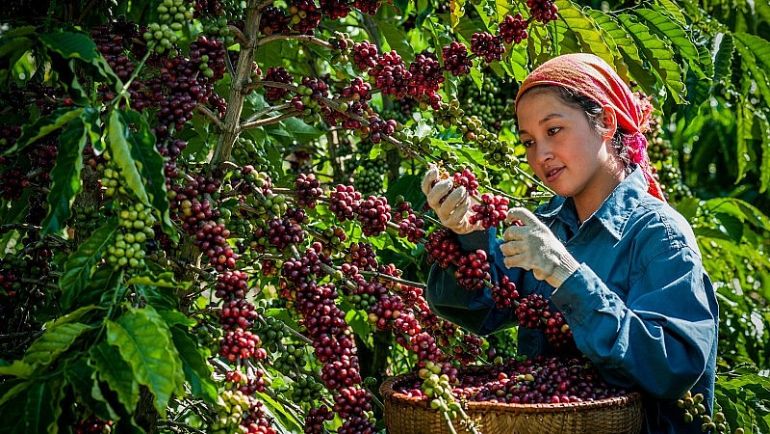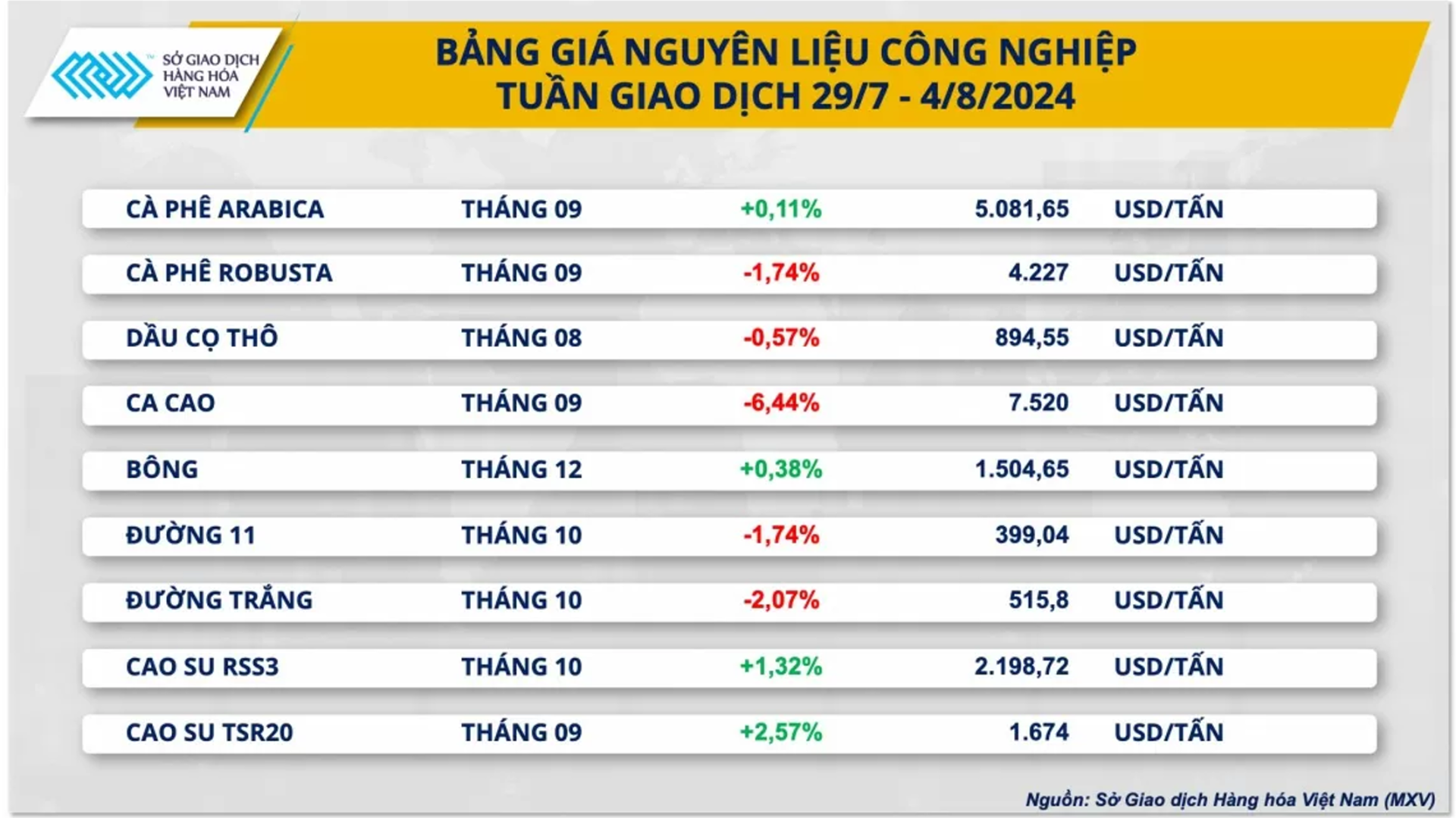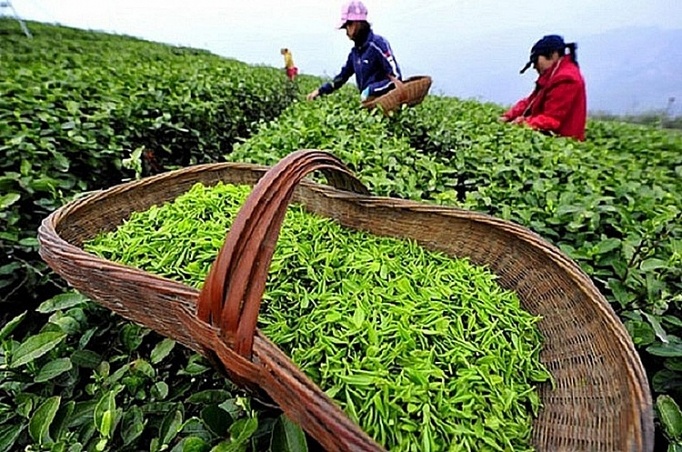Coffee exports: Volume down, price up
In the first 7 months of 2024, the country exported 964,000 tons of coffee, worth 3.54 billion USD, down 13.8% in volume, but up 30.9% in value over the same period last year.
Coffee exports increase
The latest report from the Ministry of Agriculture and Rural Development shows that in July 2024, Vietnam exported 62,000 tons of coffee, bringing in 340 million USD. In the first 7 months of 2024, the country exported 964,000 tons of coffee, worth 3.54 billion USD, down 13.8% in volume, but up 30.9% in value over the same period last year.
According to the Vietnam Coffee and Cocoa Association (VICOFA), Vietnam currently has only about 148,000 tons of coffee left to export in the remaining 2 months of the 2023/2024 crop year (from August to the end of September), until the new crop year begins to harvest in October this year. Coffee supplies for export are waiting for the new harvest year and it is forecasted that coffee exports for the whole year could set a record of 5.5 – 6 billion USD…
Vietnamese coffee is currently very “hot” because of the scarce supply, and “big guys” such as Germany, Italy, and Japan are always “hunting” for this agricultural product. Because of the low supply, Vietnamese coffee is very valuable. In early July, Hungary sought to buy Vietnamese coffee at a very high average price of more than 6,800 USD/ton, or Israel bought at nearly 6,100 USD/ton.

Also according to VICOFA, with markets such as Spain, Russia, the US, Indonesia, the Philippines, the Netherlands, China… the import price has increased by about 30% compared to the previous year. Therefore, these markets are all in the group of Vietnamese coffee export markets with a turnover of 100 million USD.
Many experts say that the source is gradually becoming scarce, and export activities will gradually decrease each month. Even the amount of coffee exports from our country only improves from the end of the year when the new crop is harvested.
Some coffee companies said that their warehouses are almost empty, while October is the new harvest season in our country. This is also a factor that pushes the price of green coffee beans on the market to increase sharply and stay at a very high level.
Vietnamese coffee prices are showing bright prospects, but with that comes great challenges in terms of quality and sustainable development. Proper attention and investment will be the key factor to help the Vietnamese coffee industry continue to reach far in the international market.
The high coffee prices have been benefiting farmers, but causing many difficulties for businesses. To support businesses, recently, the International Finance Corporation (IFC) and Vietnam Prosperity Joint Stock Commercial Bank (VPBank) have cooperated to co-finance the supply chain for coffee exporting companies, in an effort to support the Vietnamese small and medium-sized enterprise (SME) community to participate more deeply in the global agricultural supply chain.
With a total funding value of up to 150 million USD, in which IFC and VPBank provide capital in equal proportions. This is the first co-financing supply chain factoring program that IFC has cooperated with a domestic commercial bank to implement in Vietnam.
The supply chain financing program is expected to provide initial capital for coffee exporters and in other sectors at a later stage, opening up opportunities for Vietnamese private enterprises to access the global agricultural supply chain
Importing more than 110 billion USD of coffee for processing
To meet export and domestic consumption needs, businesses are forced to import coffee from neighboring countries such as Indonesia, Laos, Thailand, Brazil, Belgium… This was predicted at the end of April 2024 at the meeting of the Vietnam Coffee and Cocoa Association.

VICOFA explained that Vietnam has imported coffee for many years, as well as other agricultural products (rice, cashew nuts, etc.) from other countries, mainly for processing and export. For example, green coffee, Vietnam imports from countries with lower prices, or types of coffee that Vietnam can grow less due to the climate and soil, such as Arabica coffee. Vietnam imports this type of coffee from Laos because their prices are lower than in Vietnam. Arabica coffee is only grown in a few areas in the country, so the quantity is limited, while this type is of high quality, so it must be imported for consumption.
As for processed coffee, in recent years, the domestic coffee chain system has developed, many foreign coffee brands are present and open chains throughout major cities in Vietnam. Therefore, businesses operating these coffee chains mostly import processed coffee such as roasted and ground coffee and instant coffee.
Source: doanhnghiephoinhap






